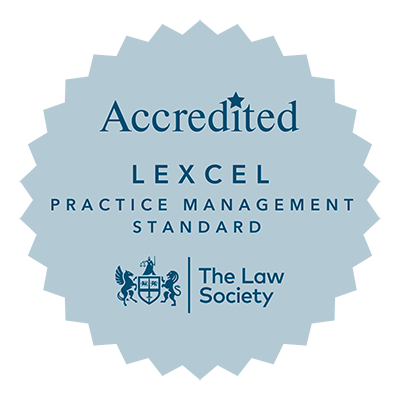Below are things you can do from the very beginning of your tenancy to ensure you get that full deposit back.
1. Take pictures of everything
You should document every wall, door and floor. If you rent a furnished property, ensure you include pictures of each item.
If there are any dents, marks or stains, it is also important to have a picture of these areas before you move in - you don’t want your landlord to turn around at the end of the year and say you did it!
2. Ask your landlord for an inventory
Knowing what your landlord thinks is there and letting them know if something is missing now could just save your deposit. The inventory protects both you and your landlord, so they should be willing to give you a detailed list.
As with everything in the property, take care of these items - they don’t belong to you. If you break anything on this list, don’t panic. Accidents happen, and it is easy enough to replace items without telling your landlord when it is something small, and you are responsible for the damage.
As mentioned above, it is also worth your time to make sure you have photographs of everything on the inventory so you can prove that the sofa had that tear on the back before you moved in.
3. Check your deposit is protected
Your landlord is legally required to place your full deposit in a protected scheme, stopping them from charging you unfairly at the end of your tenancy. You can ask your estate agent or landlord for proof of the deposit being added to a scheme, or even check online yourself with just your postcode, deposit amount and the date your tenancy began.
In England and Wales, the deposit schemes that your landlord can place your deposit with are:
- MyDeposits
- Tenancy Deposit Scheme
- Deposit Protection Service
Scotland and Northern Ireland have their own Tenancy Deposit Protection Schemes, but the rules are the same, your landlord must protect your deposit with them.
4. Be a good tenant
During your stay, keeping a good relationship with your landlord will always place you in a better position to have your deposit returned in full.
Ensuring you cause no damage to the property, keeping the place clean and paying your rent on time are all important to this relationship and will help you see the full deposit back in your pocket at the end of the year.
5. Leave it how you found it
It seems far away now, but when it comes to the end of the year, make sure you leave the property clean and tidy, with everything where it should be. Make sure your landlord is aware of when you are leaving and that you give enough notice - this should be outlined in your tenancy agreement.
Invite your landlord round to inspect the property with you and your flatmates there, so you have time to fix any issues they highlight, agree on the final inventory and hand back your keys. Repeating step 1 when you leave is important. Go back around the property, retaking all the pictures. You then have proof both of how you found it and how it was left.
Getting advice if your deposit is not returned
If at the end of your tenancy your deposit is not returned, there are people you can turn to for help. Most universities have Student Advice Centres where they can guide you through the process of challenging your landlord.
Deposit Protection Schemes can also act as a mediator to help find out why the full deposit is not being returned, and they will ensure your landlord is only making fair deductions from your money.
This article aims to supply general information, but it is not intended to constitute advice. Every effort is made to ensure that the law referred to is correct at the date of publication and to avoid any statement which may mislead. However, no duty of care is assumed to any person and no liability is accepted for any omission or inaccuracy. Always seek our specific advice.









